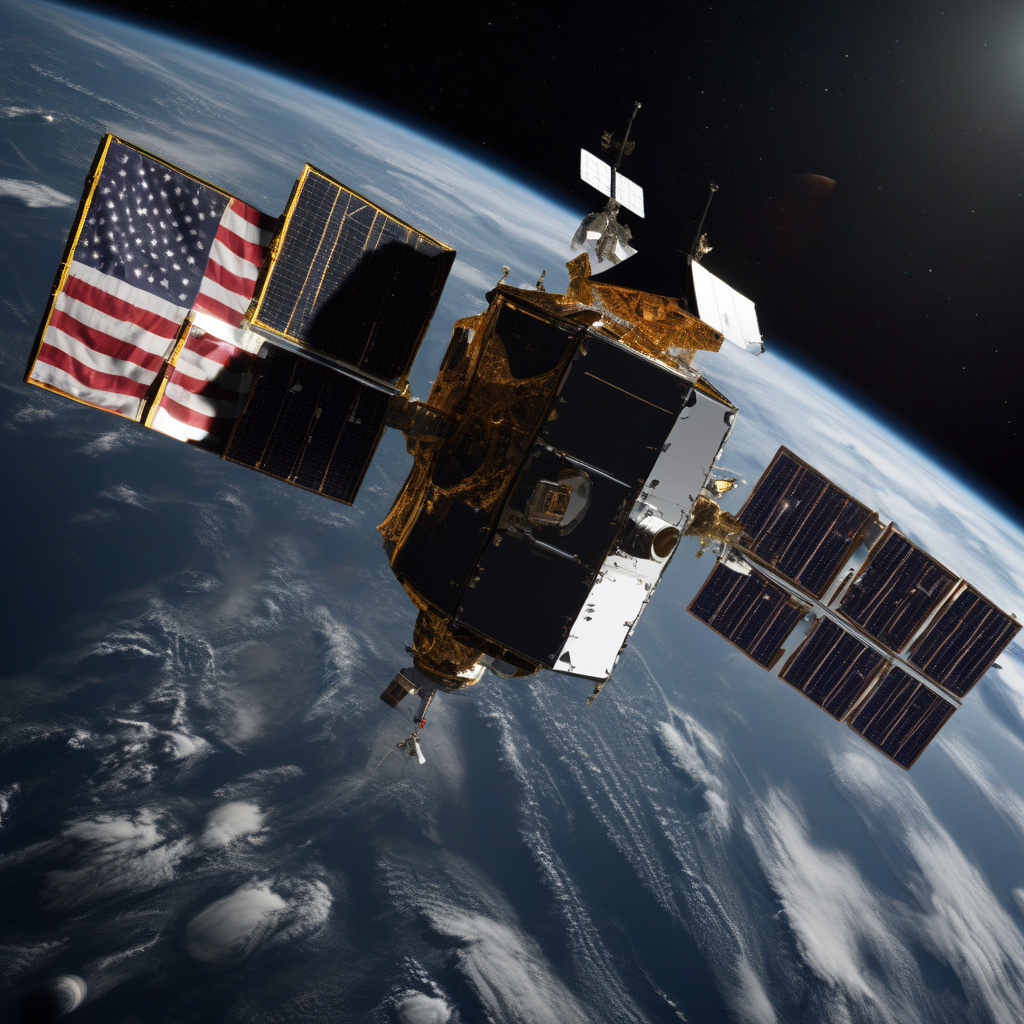US Satellites Shadow Chinese Counterparts as Space Standoff with Beijing Heats Up
Even as tensions run high between the U.S. and China on Earth, the two rivals are now extending their competition beyond the confines of our planet, venturing into the vast expanse of outer space. In recent years, the space race between the United States and China has intensified, with both nations making significant strides in satellite technology and space exploration. As a result, a new kind of standoff has emerged—one that plays out not on land or sea but among the stars.
At the center of this extraterrestrial rivalry are the satellites that both countries have deployed in orbit around the Earth. These satellites serve a variety of purposes, from communications and weather monitoring to reconnaissance and navigation. However, in addition to their civilian applications, satellites also play a crucial role in national security, providing invaluable intelligence and surveillance capabilities to their respective owners.
In this high-stakes game of cat and mouse, U.S. satellites have been actively shadowing their Chinese counterparts, keeping a close eye on their activities and movements in space. This shadowing strategy serves multiple purposes, allowing American officials to monitor China’s technological advancements, track its military capabilities, and gather intelligence on its strategic intentions.
One of the key objectives of this satellite shadowing is to ensure that the United States maintains a competitive edge over China in space. By closely observing Chinese satellite operations, American analysts can gain valuable insights into the capabilities and vulnerabilities of their rival’s space infrastructure. This information, in turn, can inform U.S. military planning and help shape the development of new space technologies and strategies.
Moreover, satellite shadowing can also serve as a deterrent, sending a clear signal to Beijing that Washington is closely watching its activities in space. By demonstrating its ability to monitor and track Chinese satellites in real-time, the United States can deter any aggressive or provocative actions by China in orbit. This, in turn, helps to prevent misunderstandings, miscalculations, and potential conflicts in space.
However, while satellite shadowing offers significant advantages to the United States, it also carries certain risks and challenges. For one, the close proximity of American and Chinese satellites in orbit raises the specter of collisions and other accidents, which could have serious consequences for both countries and for the broader international community. Additionally, the practice of shadowing could escalate tensions between the two nations and lead to a dangerous spiral of retaliatory measures in space.
As the space standoff between the U.S. and China continues to heat up, it is clear that both countries are committed to advancing their interests and asserting their dominance in the final frontier. The competition for space supremacy is no longer confined to the pages of science fiction novels but has become a stark reality of the 21st century geopolitical landscape. How this rivalry will unfold in the coming years remains to be seen, but one thing is certain: the stakes are higher than ever, and the consequences of failure are too great to ignore.
In conclusion, the shadowing of Chinese satellites by their American counterparts represents a new frontier in the age-old competition between great powers. As the U.S. and China jockey for position in space, the world watches with bated breath, mindful of the potential risks and rewards that come with this high-stakes game. In the end, the winner of this cosmic clash will not only secure strategic advantages on Earth but will also shape the future of humanity’s exploration of the cosmos.
satellite technology, space race, national security, geopolitical competition, space exploration












